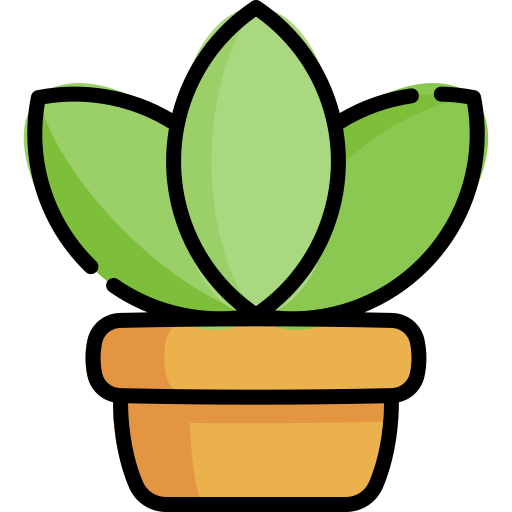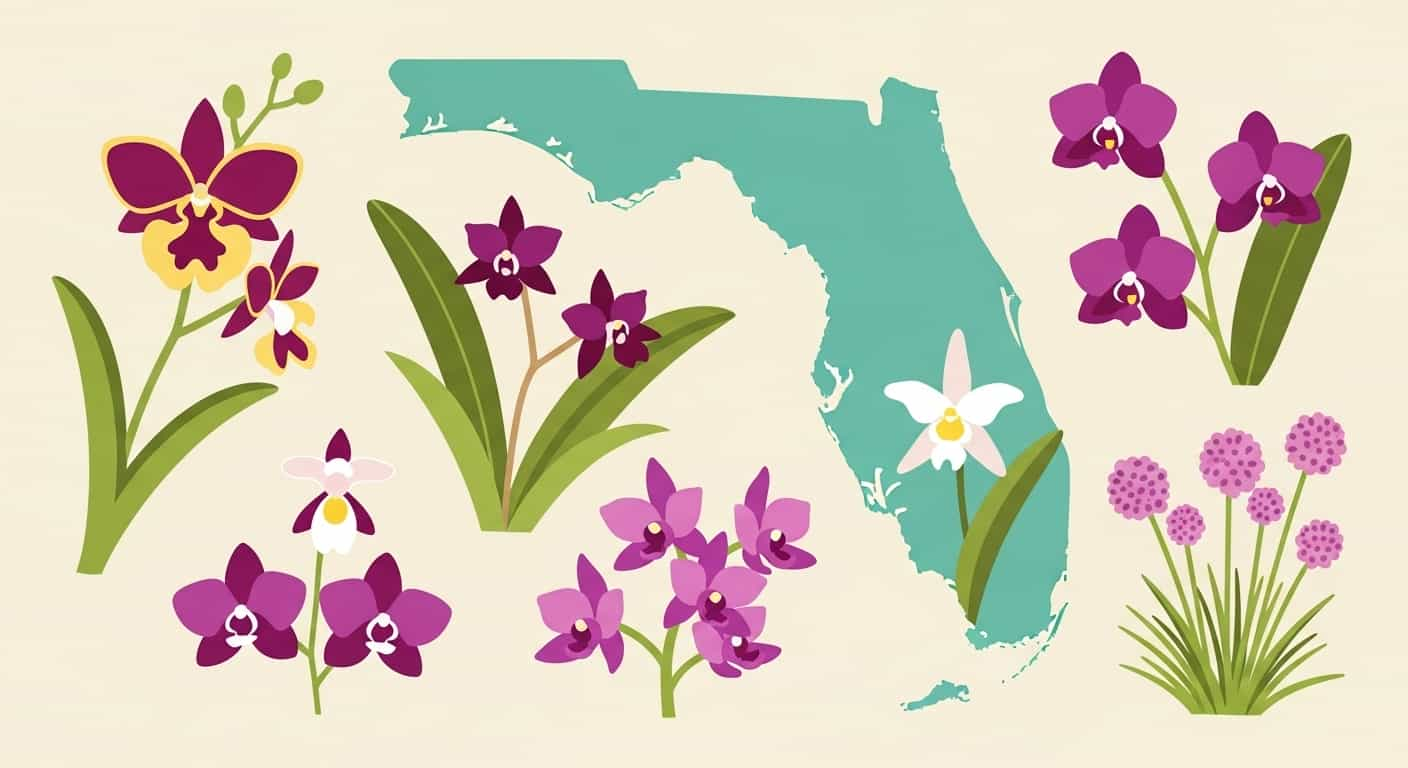Florida’s lush, subtropical environment is a natural paradise for a stunning array of plant life, including a surprising number of native orchids. While many people associate orchids with exotic, faraway jungles, dozens of unique species grow wild right in the Sunshine State. For local gardeners and orchid enthusiasts, exploring and even cultivating these native treasures offers a special connection to the region’s natural heritage.
This guide is designed for beginners interested in the beautiful world of Florida’s native orchids. We will cover Florida native orchid identification for some of the most common species, discuss how to succeed at growing orchids on your Florida lanai, and introduce you to the fascinating world of native Florida ground orchids. Get ready to discover the wild beauty growing in your own backyard.
The Magic of Florida’s Native Orchids
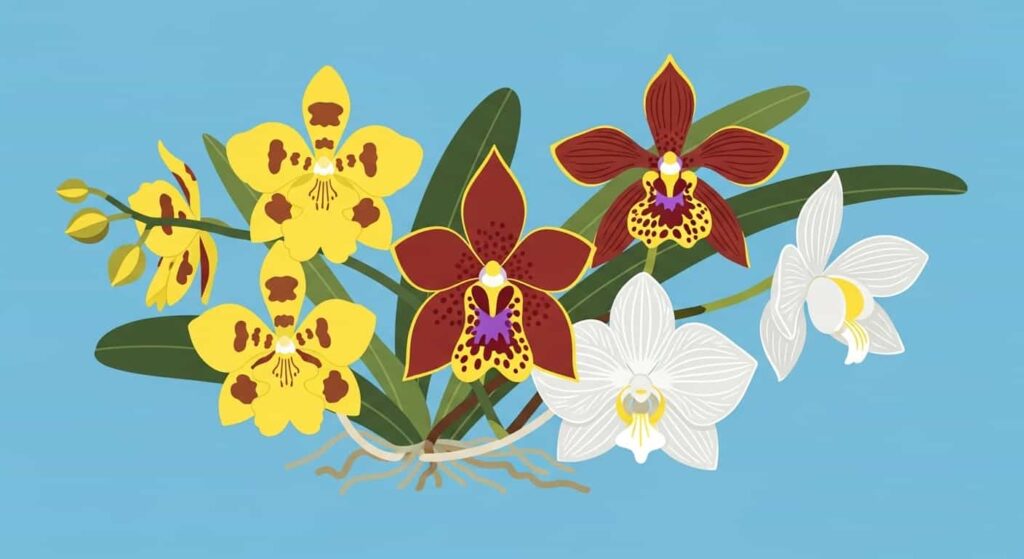
Florida is home to more native orchid species than any other state in the continental U.S. These plants are perfectly adapted to the state’s unique climate, from the humid hammocks and swamps of the south to the cooler, drier pinelands of the north. They come in all shapes and sizes, from the large, showy flowers of the cigar orchid to the tiny, intricate blooms of the leafless ghost orchid.
One of the most important things to remember is that it is illegal to collect native orchids from the wild. Over-collection in the past has endangered many species. The only responsible way to own these plants is to purchase them from reputable nurseries that specialize in ethically propagated native species. By doing so, you help support conservation efforts and can enjoy these local wonders without harming their natural populations.
Florida Native Orchids Identification: Common Species to Know
Identifying orchids in the wild can be a thrilling experience. While there are many species, a few are more commonly encountered and are great for beginners to learn first.
Butterfly Orchid (Encyclia tampensis)
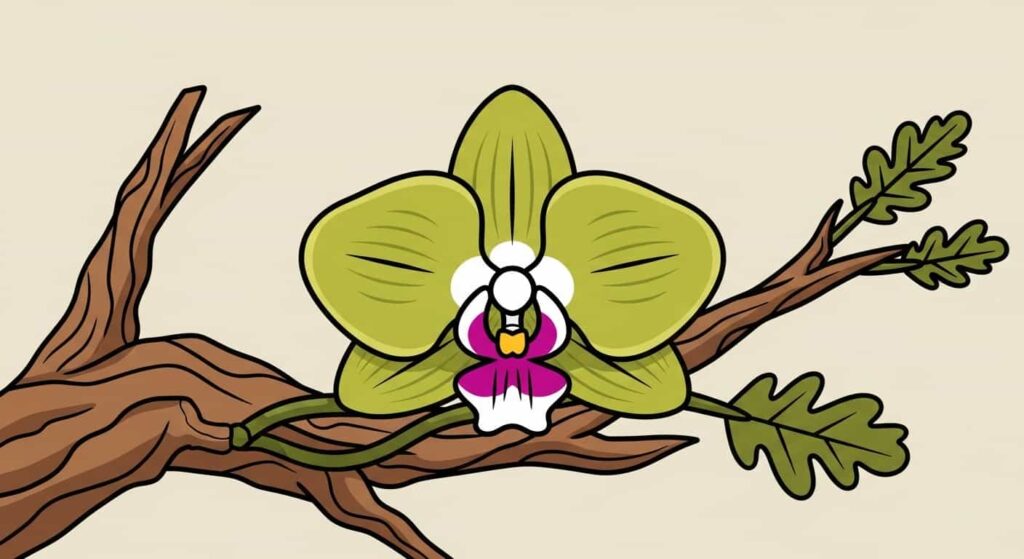
Often considered the most common native orchid in South and Central Florida, the Butterfly Orchid is a resilient and beautiful epiphyte (a plant that grows on another plant).
- Identification: It produces small, fragrant flowers with greenish-yellow sepals and petals and a distinctive white lip marked with a magenta spot. The blooms appear in late spring and early summer on long, thin spikes that rise above its small, round pseudobulbs.
- Where to Find It: Look for it growing on the branches of live oaks, cypress, and mangrove trees in hammocks and swamps.
Cigar Orchid (Cyrtopodium punctatum)
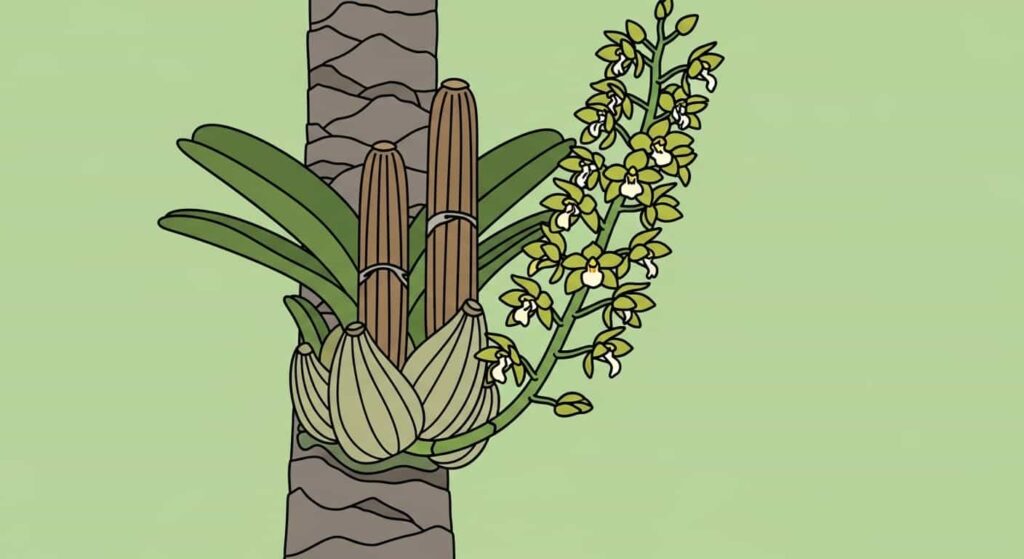
Also known as the Cow Horn Orchid, this is one of Florida’s largest and most spectacular native species.
- Identification: It gets its name from its huge, elongated pseudobulbs that can grow up to three feet long and resemble cigars. In the spring, it sends up a massive, branching flower spike that can be several feet tall, covered in dozens of wavy, colorful flowers in shades of yellow, green, and reddish-brown.
- Where to Find It: It typically grows in the “boots” (old leaf bases) of cabbage palm trees or on rotting logs in open, sunny areas.
Ghost Orchid (Dendrophylax lindenii)
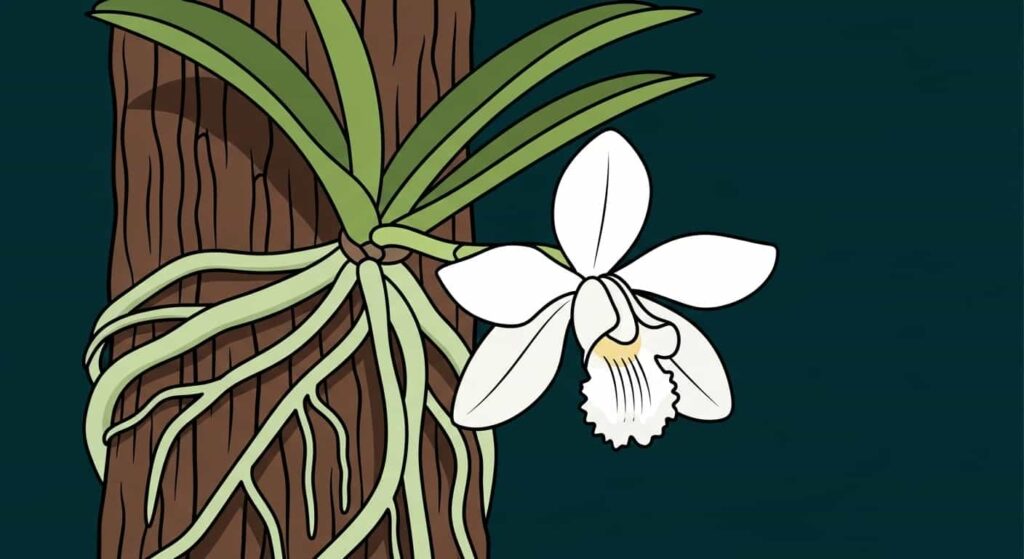
Made famous by books and movies, the Ghost Orchid is one of Florida’s most iconic and rarest native species.
- Identification: This is a leafless orchid. The entire plant consists of a flat, cord-like root system that sprawls across the bark of its host tree. Its otherworldly white flower, which has a long, frog-like lip with two trailing tendrils, appears to float in mid-air. It blooms in the sweltering heat of summer.
- Where to Find It: It is found almost exclusively in the deep swamps of South Florida, like the Fakahatchee Strand Preserve State Park, typically growing on pop ash or pond apple trees.
Growing Orchids in Florida: Tips for Success
The climate that allows these orchids to grow in the wild also makes Florida an ideal place for hobbyists to cultivate them. The state’s natural warmth and humidity simplify many aspects of care.
Growing Orchids on Your Florida Lanai
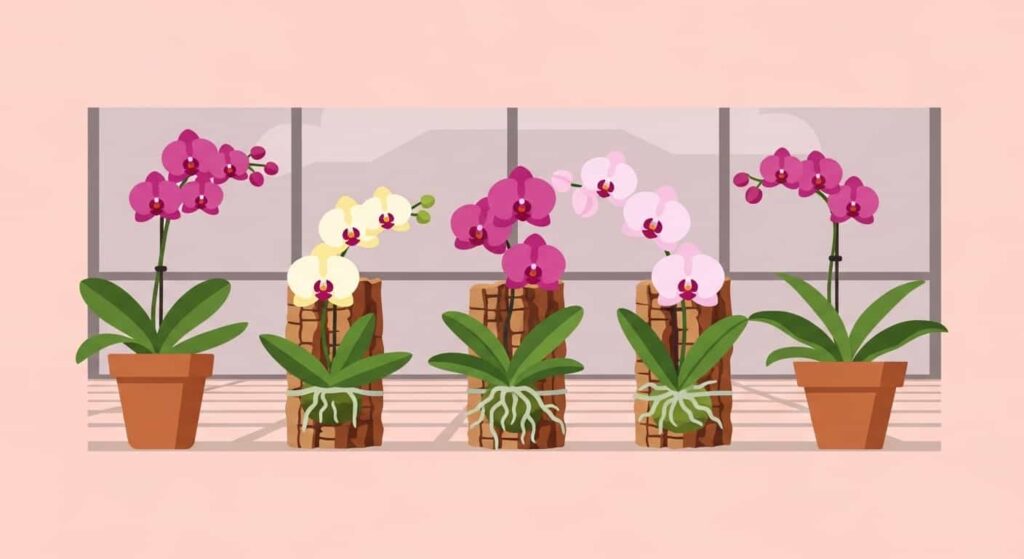
A lanai, or screened-in patio, is the perfect microclimate for growing a wide variety of orchids, including natives. It offers protection from the intense sun and torrential summer rains while providing the bright light and excellent air circulation these plants need.
- Light: A lanai with a northern or eastern exposure is ideal, as it provides bright but gentle light. If your lanai faces south or west, you may need to use shade cloth or position plants behind larger ones to prevent sunburn.
- Watering: During the rainy summer months, the high humidity might mean you barely need to water your lanai-grown orchids. Always check the potting medium before watering. In the drier winter and spring, you’ll need to water more frequently, perhaps once or twice a week.
- Mounting Orchids: Many native epiphytes, like the Butterfly Orchid, do exceptionally well when mounted on pieces of cork bark or tree fern. This mimics their natural growth habit, allows their roots to dry quickly, and prevents rot. To water a mounted orchid, simply spray it down thoroughly with a hose.
Creating an Orchid-Friendly Landscape
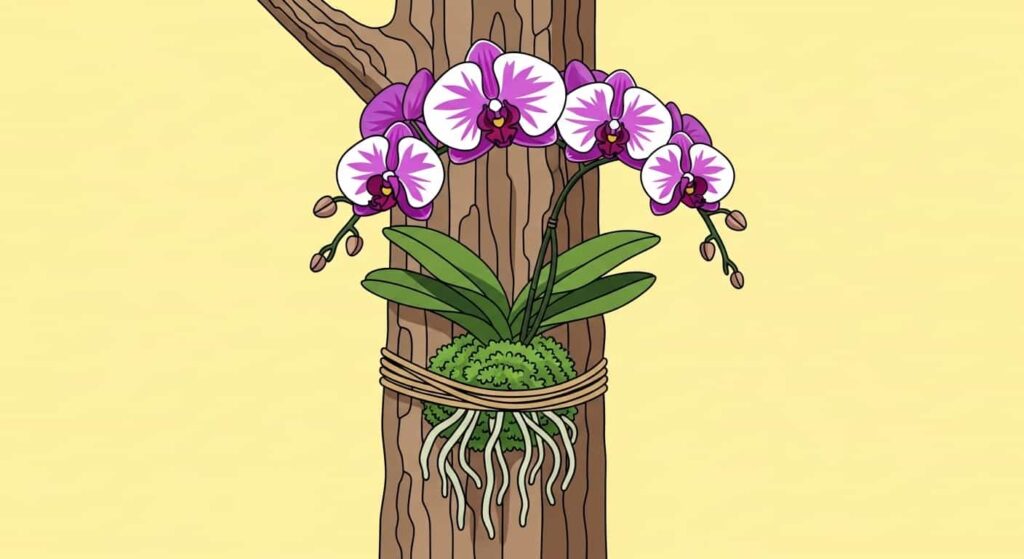
For a truly natural look, you can integrate native orchids directly into your landscape by mounting them on trees.
- Choose the Right Tree: Trees with rough, textured bark, like live oaks and cypress, are perfect hosts. Palms with persistent leaf bases also work well.
- Mounting Technique: Use biodegradable twine or fishing line to gently tie the orchid (with its roots exposed) to a branch. Place a small amount of sphagnum moss under the roots to hold moisture initially. In a few months, the orchid’s new roots will anchor themselves firmly to the bark, and you can remove the ties.
Discovering Native Florida Ground Orchids
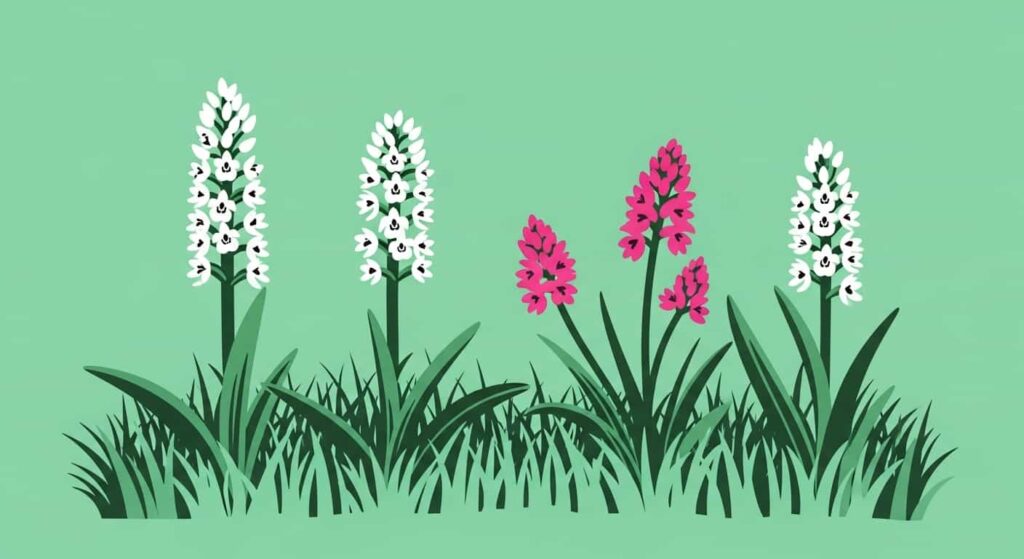
While most of Florida’s famous orchids are epiphytes, the state also has many beautiful terrestrial (ground-growing) species. These are often found in specific habitats like wet prairies, pinelands, and bogs. Growing them at home is more challenging as they require specific soil conditions and often have symbiotic relationships with fungi.
Ladies’ Tresses (Spiranthes species)
This is one of the most common groups of native ground orchids.
- Identification: They are named for their delicate, braided flower spikes that resemble locks of hair. Small white flowers spiral up the thin stem. Different species bloom at different times of the year, from spring to late fall.
- Habitat: They can be found in a variety of habitats, including moist meadows, pinelands, and even well-maintained lawns that aren’t treated with herbicides.
Grass Pinks (Calopogon species)
These terrestrial orchids produce vibrant pink flowers that are “non-resupinate,” meaning the lip is at the top of the flower, not the bottom.
- Identification: Bright pink, fragrant flowers appear in the spring. The lip has a “beard” of yellow-tipped bristles that tricks bees into pollinating it.
- Habitat: Grass Pinks grow in moist, sunny pinelands and prairies, often alongside pitcher plants and other bog species.
A Rewarding Local Hobby
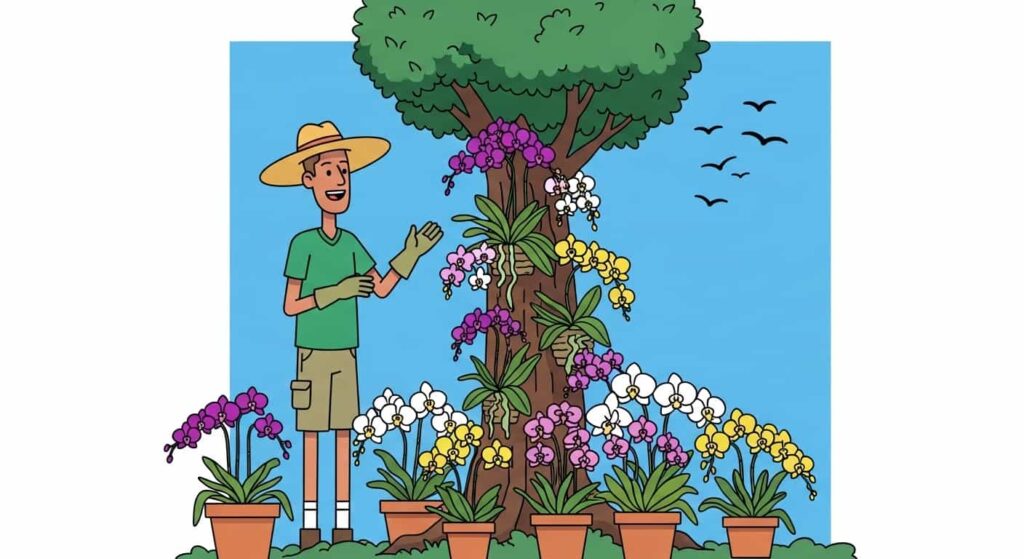
Exploring Florida’s native orchids connects you to the state’s unique ecological tapestry. Whether you are searching for them in a state park, cultivating a Butterfly Orchid on your lanai, or simply admiring a Ladies’ Tresses orchid that has popped up in your yard, these plants offer a special kind of beauty.
By choosing to purchase propagated plants from responsible growers, you can help preserve these natural treasures for future generations while enjoying a piece of wild Florida in your own home.
